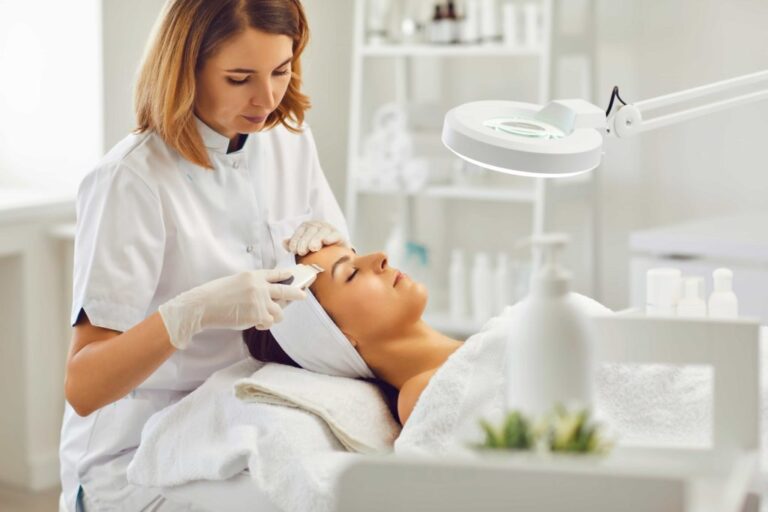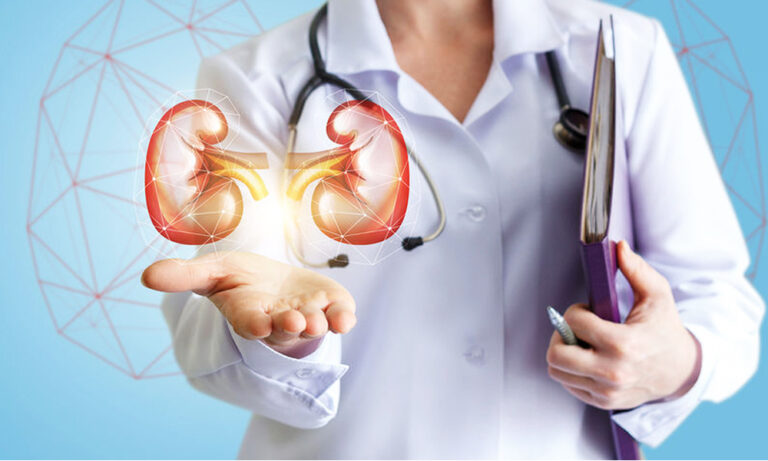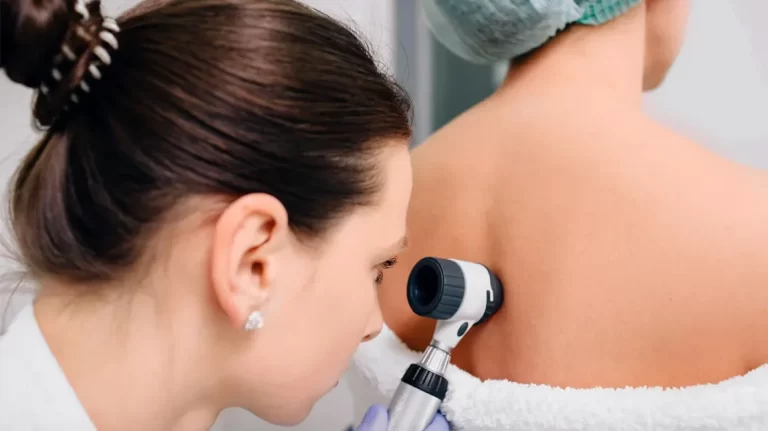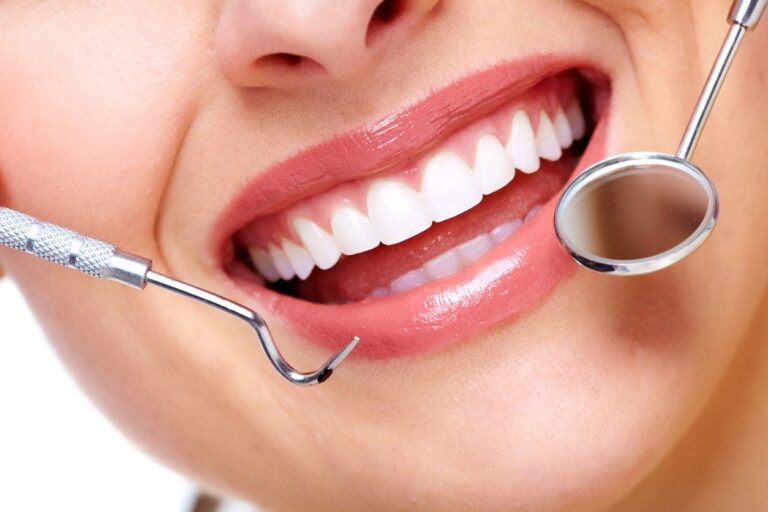Data security is of utmost importance to healthcare organizations and patients alike in the ever-changing landscape of contemporary medicine. As the sector enters the digital era, the protection of patient data has become critical to preserve patient confidence, uphold legal compliance, and guarantee the continuity of high-quality care.
However, with increasingly sophisticated and persistent cyber threats, the healthcare sector is seeing an alarming increase in data breaches. Healthcare organizations must take proactive steps to protect patient information and the integrity of healthcare data management. Awareness of the growing risks of data breaches and strategizing breach prevention is necessary.
Understanding Data Breaches in Healthcare
A data breach in the healthcare industry is defined as the unintentional or unauthorized access, use, disclosure, or loss of patient information. Numerous sensitive data types, including medical records, PII, financial information, and insurance information, may be compromised in such breaches. Data breaches can take many different shapes, including:
- Cyber-attacks: These hacks include external, malevolent actors breaking into healthcare networks or systems without authorization and stealing patient data by taking advantage of flaws.
- Insider threats: Data breaches can also be caused by the deliberate or unintentional compromise of patient information by trusted individuals working for the healthcare organization, such as staff or contractors.
- Physical loss or theft: Breaches can happen when physical records or devices storing patient data are misplaced, stolen, or thrown away inappropriately, allowing unauthorized access to private data.
- Third-party incidents: Data breaches may result from flaws in third-party systems, including those of vendors or other partners who have access to patient information.
Healthcare data may be vulnerable to breaches due to a number of factors. Healthcare systems may become exposed to cyberattacks and unauthorized access if insufficient money is invested in reliable cybersecurity infrastructure and solutions. It may be easier for bad actors to acquire unauthorized access to sensitive patient data if there are lax password regulations, no multi-factor authentication, and insufficient access controls.
Lack of cybersecurity education and awareness among healthcare personnel may also result in inadvertent data breaches, such as managing patient information improperly or falling for phishing scams. Healthcare systems are prime targets for cyberattacks because of aging infrastructure and obsolete software that may contain unpatched vulnerabilities. Lack of encryption of sensitive data during transmission and storage may also lead to unauthorized access and data leakage.
Strategies for Preventing Data Breaches
Patients and healthcare organizations may suffer severe repercussions due to data breaches in the industry. These include compromise of patient privacy and trust and financial losses in the form of costly legal battles, regulatory penalties, and reputational damage. Data breaches in healthcare also lead to identity theft and financial fraud and pave the way for litigations and lawsuits from affected patients, authorities, and class-action groups.
Healthcare organizations must prioritize data security, implement adequate cybersecurity measures, and abide by legal obligations to protect patient information and preserve the quality of healthcare services, using the following tactics:
Implementing Robust Data Encryption and Access Controls
Sensitive data should be encrypted to prevent unauthorized individuals from accessing and using it without the encryption key. To protect patient information from potential breaches, healthcare organizations should use robust encryption mechanisms for data at rest and during transmission.
Access controls are essential for ensuring that only authorized individuals can access data. By implementing role-based access controls, you may minimize the risk of insider threats and unauthorized data access by ensuring that workers can only access information about their job functions. Data security is further improved by routinely assessing and changing access privileges based on employee roles and responsibilities.
Employee Training and Awareness of Data Security Practices
Regular training sessions on data security best practices, such as how to spot phishing attempts, how to use passwords safely, and how to handle sensitive patient data, should be offered by healthcare organizations. Employees need to be informed about the potential repercussions of data breaches and their vital responsibility to protect patient data. Creating a culture of cybersecurity knowledge encourages employees to take a proactive stance in seeing and reporting suspicious activity, supporting data security initiatives even more.
Regular Risk Assessments and Vulnerability Scans
The prevention of data breaches depends on proactive risk management. Healthcare organizations can find vulnerabilities in their systems and networks by conducting regular risk assessments and vulnerability scans. These evaluations should look at both technical and physical aspects of data security, including the risks related to network settings, employee behavior, and hardware, software, and hardware.
Healthcare organizations can find and fix security flaws before hostile actors exploit them by periodically conducting vulnerability scans. Promptly remedying vulnerabilities guarantees that the organization maintains a solid security stance.
Conclusion
A thorough and proactive approach is necessary to prevent data breaches in the healthcare industry. There are many ways to protect patient data, such as implementing robust data encryption and access controls, training staff members on best data security practices, and regularly performing risk assessments and vulnerability scans.
However, it is essential to understand that data breach prevention is a continuous process that necessitates continuing awareness and development. Healthcare organizations must keep up with new dangers due to the constantly changing nature of cyber threats and adjust their data security protocols accordingly. To maintain a strong defence against data breaches, regulations, technologies, and personnel training must be regularly updated.










